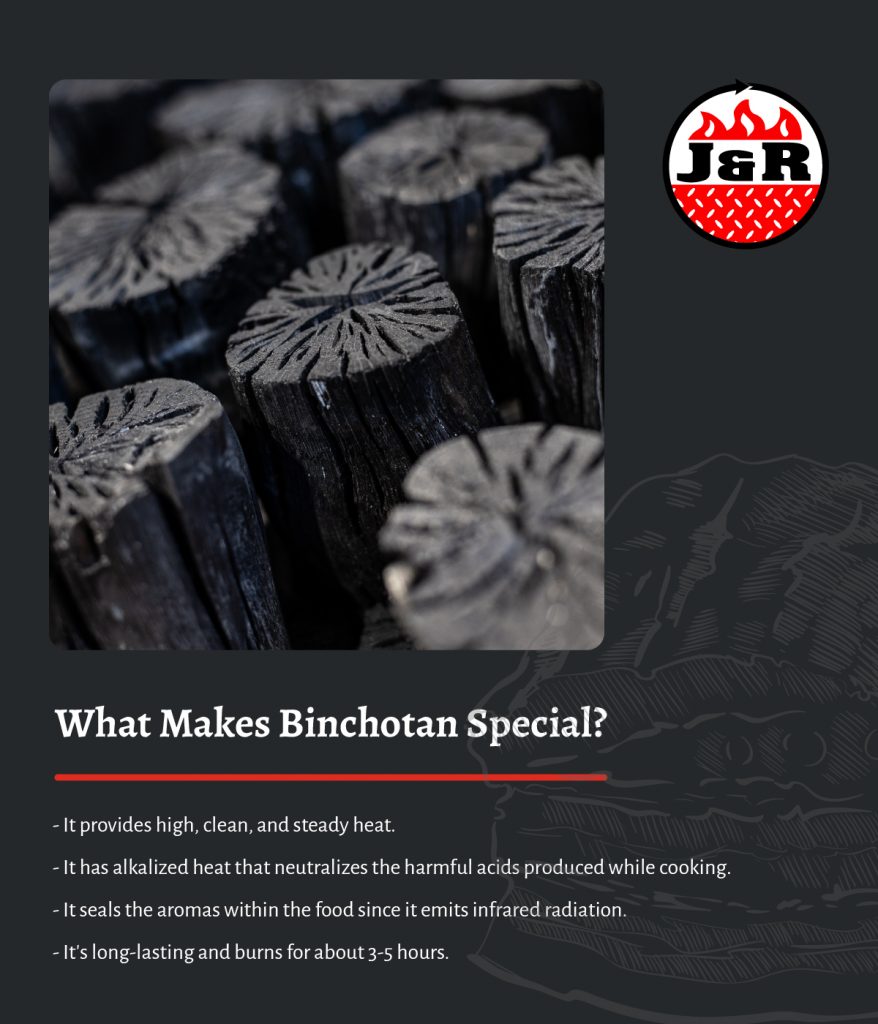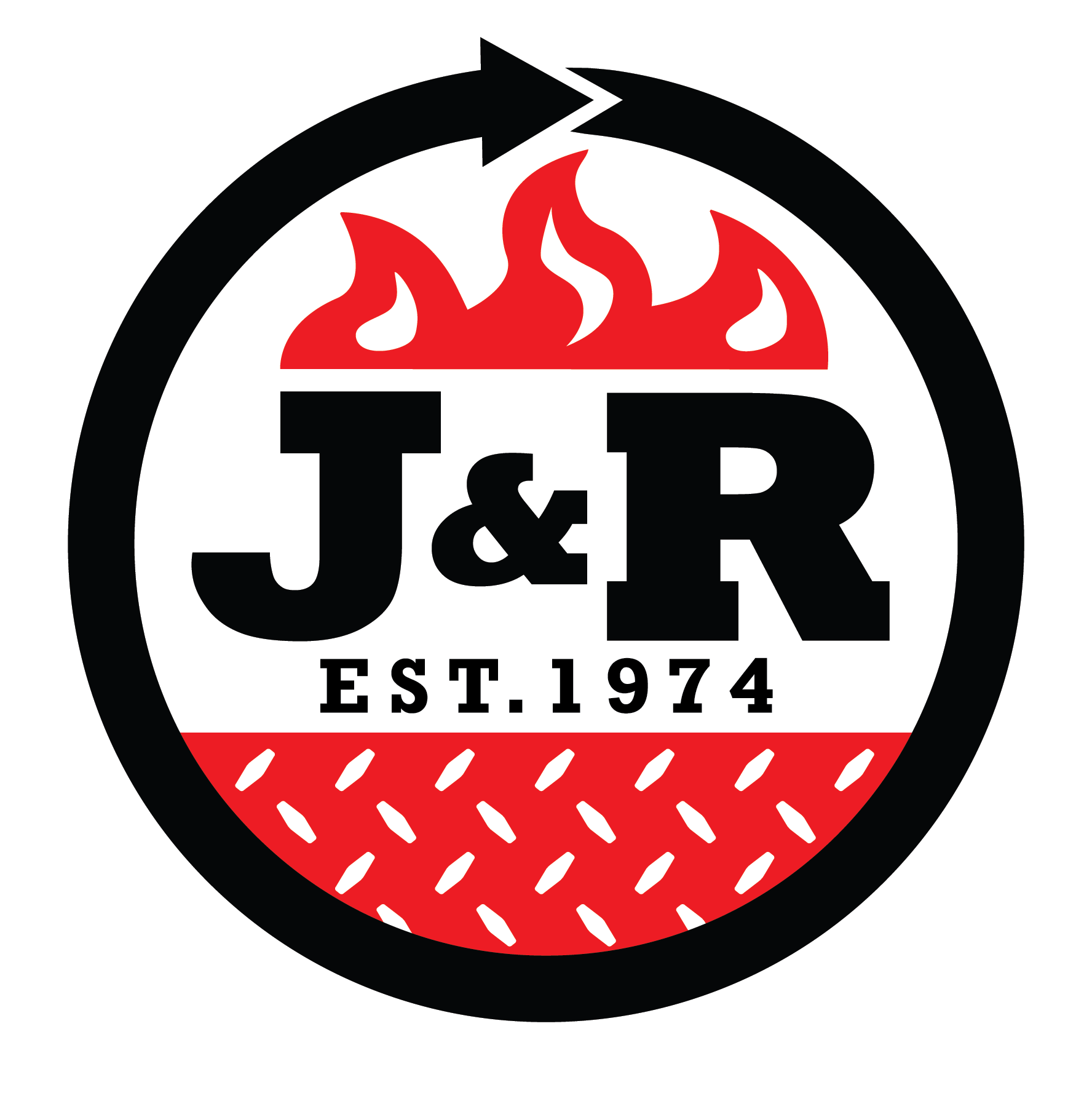
The Best Charcoal Grill for Traditional Japanese BBQ Restaurants
If you’re looking to replicate the flavors of a traditional Japanese BBQ restaurant in your restaurant or BBQ grill, you’ll need to invest in a good quality charcoal grill.
The best Japanese-style BBQ grill helps ensure your food is cooked to perfection and will help you create those authentic Japanese flavors that your customers crave. But what are the different charcoal grills, and which is best for your restaurant?
The Difference Between Robatayaki And Yakitori
Traditional Japanese BBQ restaurants are known for their savory, succulent, and smoky flavors. And the key to achieving these flavors is through the use of a Japanese charcoal grill. But what is the difference between robatayaki and yakitori?
Yakitori
Yakitori is a Japanese word made of two words, yaki and tori. Yaki stands for cooked over direct heat, while tori is a small piece of meat. Yakitori’s cooking method involves grilling all parts of the chicken to perfection. When cooking through this method, you place the chicken on the kebab; you can remove the bones or leave them depending on the part of the chicken you are preparing. With the Yakitori method, vegetables and other ingredients aren’t part of the meal.
But you can offer a dipping sauce prepared with soy sauce and rice wine to give the chicken a sweet and salty taste. Use low heat to prepare meat to remain tender and cook well without a smoky flavor.
Robatayaki
On the other hand, Robatayaki is a fantastic grilling experience. “Robata” means charcoal grilling, while “yaki” is grilled food. With this technique, you can place some meals on a kebab and prepare other ingredients separately. Compared to Yakitori, with Robata, you are not limited to grilling one type of food; you can include vegetables, pork, beef, and other ingredients. The perfection of BBQ is critical to ensure the natural flavor of the dish remains. The dipping sauce used depends on the type of food ordered.
Robatayaki grill equipment is generally placed in the middle of a room or restaurant, surrounded by bar-style seating. The waiter takes the order and then shouts to the chef preparing meals in the middle of a room. With Japanese Robatayaki, cooking and eating styles are usually noisy.
One of the main differences between Robatayaki and Yakitori is that the first serves different types of meat and vegetables while the second type serves chicken only. The grilling style is also different; Robata provides a large grill and can prepare multiple meals simultaneously, while the Yakitori style is a small independent grill.
What Is Robata Grill?

Robata is a short-term for Robatayaki, which means fireside cooking. It’s a traditional Japanese BBQ similar to a Western-style barbecue. A robata grill is a commercial Japanese charcoal grill to prepare everything from vegetables to various forms of meat like chicken, pork, beef, and fish.
What Type Of Charcoal Is Used For Robatayaki?
The best robata grill charcoal is high-quality Japanese charcoal known as Binchotan charcoal (white charcoal). It burns hotter and cleaner than regular charcoal, giving your food that perfect sear while infusing it with a delicate smoky flavor. Japanese charcoal is a unique type of activated charcoal.
Japanese chefs have used it for centuries for cleansing and cooking techniques. It’s made from a specific type of oak tree known as ubame, and it’s the highest grade of charcoal available. Remember that your Japanese Robatayaki grill won’t have too much charcoal space, so it is best to use it efficiently.
But if you can’t get binchotan charcoal, you can opt for briquettes or lump charcoal. Remember that white charcoal will burn the cleanest, lump charcoal will work, but it might not be efficient, and briquettes contain chemicals that might contaminate your food.
How Is Binchotan Made?
Binchotan charcoal is made from burning oak trees placed inside a kiln at low temperatures for a long time. This kind of charcoal requires carbonization to reduce oxygen. This might take up to four days. After four days, the refining process starts at a high temperature of at least 9500c. This stage takes a shorter time.
Later the charcoal is smoothened with soil or ash to give it a unique white color. You can test binchotan charcoal by knocking two pieces together; they should produce a metallic sound. Also, they have a whitish-gray color.
What Makes Binchotan Special?

Binchotan is high-quality grilling charcoal for Japanese grills. It’s odorless since it has a high level of carbon that allows food to retain its natural flavor and aroma. Japanese charcoal also has these unique benefits:
- It provides high, clean, and steady heat.
- It has alkalized heat that neutralizes the harmful acids produced while cooking.
- It seals the aromas within the food since it emits infrared radiation.
- It’s long-lasting and burns for about 3-5 hours.
Considerations When Choosing a Japanese Charcoal Grill
A robata grill is used to prepare a traditional Japanese barbecue using charcoal. This equipment can use different types of charcoal, such as binchotan, lump charcoal, or briquettes. When buying a robata grill, consider the following:
- Available floor space
- Material used
- Size and shape
- Temperature control
Can You Use Wood In A Charcoal Grill?
No, white charcoal is preferred and recommended for a commercial Yakitori grill. This charcoal is clean, hot, and burns completely, which is good when preparing these small traditional Japanese grills.
Bottom Line
Yakitori is a famous traditional Japanese food and is currently taking over US food festivals and restaurants. There are so many recipes and methods that you can do using Japanese charcoal BBQ grills.
So, do you want to upgrade your Japanese charcoal grill? Contact the J&R Manufacturing team to find the best grill for your restaurant.
